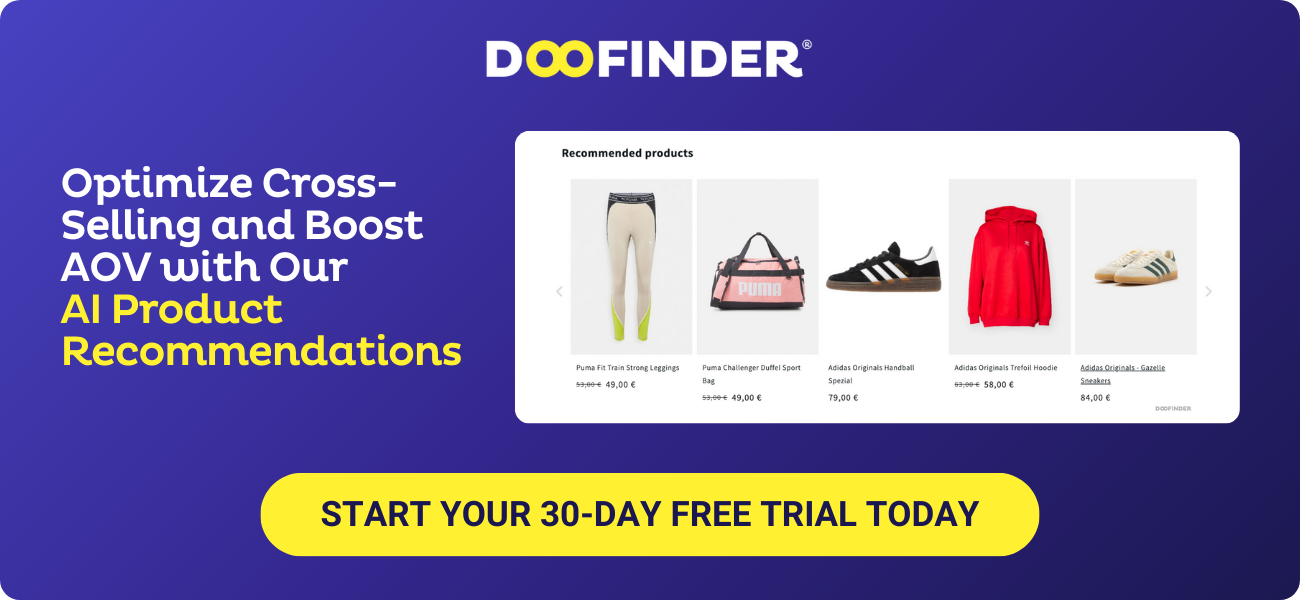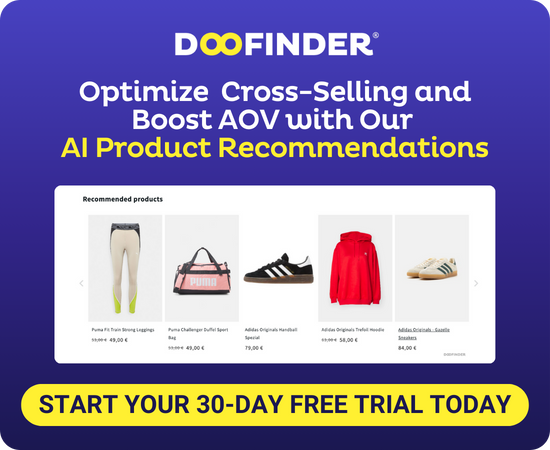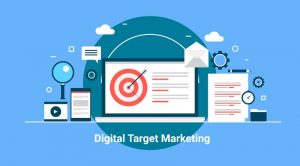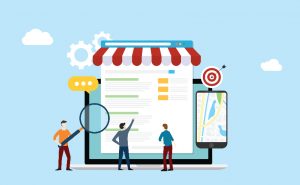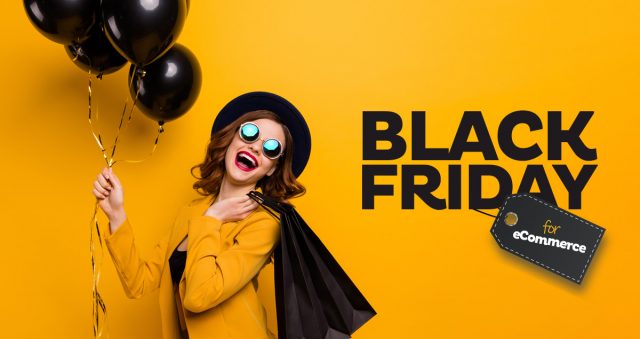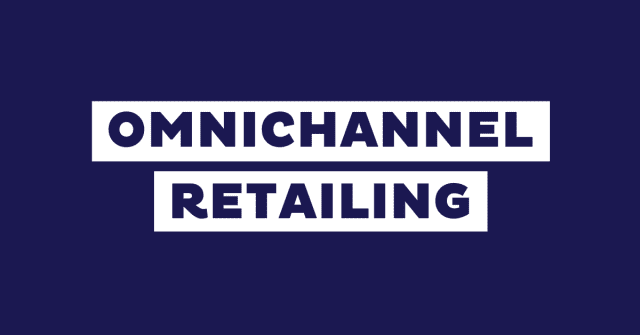CONTENTS
If you’re managing an eCommerce store, you’ve probably wondered how to encourage customers to buy more with less effort.
One of the most effective methods is product bundling—where you package complementary items together and sell them at a discounted price.
Not only can this strategy boost sales, but it also simplifies the buying process for your customers.
In this guide, we’ll jump straight into real-life product bundling examples to give you inspiration and practical takeaways.
After that, we’ll dive deeper into how to use these strategies and provide bundle pricing examples and best practices for maximizing your revenue.
Let’s get started!
What Is Product Bundling?
Product bundling is a marketing strategy that works by grouping two or more products together and selling them as a single package.
This strategy has become a staple for eCommerce managers because it allows for greater flexibility in selling while enhancing customer satisfaction.
Think about your last shopping spree—did you buy a combo meal or a skincare set? That’s product bundling at work!
Bundling can range from BOGO (Buy One, Get One) deals to curated seasonal bundles, and the beauty of bundling is how adaptable it is to various products, industries, and customer needs.
Real-Life Product Bundling Examples
Here’s a collection of bundling examples from various industries, showcasing how companies are using this strategy to drive sales and create value for customers.
1. Canva’s Tiered Pricing Bundles
Canva’s pricing model is an excellent example of tiered bundling that targets different types of users.
Canva offers three tiers: Free, Pro, and Enterprise. The Free tier offers basic design tools, ideal for casual users or beginners.
The Pro tier introduces advanced features such as premium templates, resizing options, and additional storage, appealing to freelancers and small businesses.
Finally, the Enterprise tier provides collaborative tools, advanced brand management, and enhanced security features designed for larger organizations.
What makes Canva’s bundling approach so effective is that it aligns with different user needs, ensuring that they have options for scaling up as their needs grow.
This is a classic bundle pricing example that shows how bundling multiple service levels can help a company capture users across various segments, turning free users into paying customers as they expand.
2. Target’s Cross-Sell Bundling
Target uses cross-sell bundling to perfection, especially with grocery items.
A typical example is pairing peanut butter with jelly, two items that naturally go together.
This bundle offer appears as a “frequently bought together” eCommerce product recommendation.
By showing related products that complement each other, Target encourages customers to add more to their cart, increasing their average order value (AOV).
This approach works because it reduces the effort for customers.
They don’t have to search for complementary products—they’re presented with a ready-made combination that makes sense, simplifying the decision-making process.
3. JOANN’s Fall Fabric Bundle
JOANN Fabrics uses thematic bundling effectively, particularly with seasonal products like their fall-themed fabric bundle.
The bundle typically includes various complementary patterns and colors, perfect for autumn crafting projects. This is a bundle promotion where customers benefit from purchasing everything they need in one go, saving both time and money.
It also encourages customers to buy more fabric than they initially planned, which increases the store’s AOV.
By tying the bundle to a specific season or theme, JOANN ensures that the products feel relevant and timely, which helps drive sales during key shopping periods like fall or holiday seasons.
4. Ulta’s Curlsmith Haircare Bundle
Ulta offers a complete haircare bundle featuring products like a hairdryer, diffuser, and styling solutions from Curlsmith.
This bundle works because it provides a full set of tools that complement each other, creating a complete haircare routine in one purchase.
For customers looking to improve their hair routine, buying the bundle ensures they have everything they need without having to think about missing any components.
From a business perspective, bundling higher-priced items like a hairdryer with lower-priced styling products also helps move inventory while offering a perceived value to customers.
This product bundling solution not only raises the average transaction amount but also encourages brand loyalty by providing a cohesive product experience.
5. Barakaldo Vet Shop Cat Food Discovery Pack
The discovery pack from Barakaldo Vet Shop is a great example of bundling essentials for pet owners.
The pack includes a variety of items—cat food, litter, and accessories—which are grouped to make the shopping process easier for customers.
By offering everything in one convenient package, Barakaldo ensures that customers don’t have to hunt for each item individually.
This type of bundle product is ideal for pet owners who are either new to having a cat or looking for a convenient restock option.
It drives up AOV by combining multiple essential products in one order, while also increasing customer satisfaction by providing a one-stop solution for their needs.
6. Disney+ and Hulu Subscription Bundle
In the digital services world, Disney+ and Hulu offer a bundled subscription package that provides customers access to both streaming services for a single price.
This product bundling example works because it creates a value proposition where customers receive more content for a lower price than if they subscribed to both services separately.
By bundling these services together, Disney and Hulu not only boost customer retention but also increase the lifetime value of their users.
This kind of bundle pricing example shows how combining related services can offer a competitive edge in attracting new customers and keeping existing ones engaged.
7. Champion’s Clothing Bundles
Champion uses cross-sell bundling by suggesting complementary items that complete an outfit.
For example, if a customer is viewing a sweatshirt, Champion might suggest matching sweatpants or a T-shirt.
This bundle marketing strategy encourages customers to buy additional items that create a full look, increasing the total order value.
This strategy works because it simplifies the shopping process.
Instead of having to think about what to wear with a particular item, the customer is presented with a ready-made solution.
This approach taps into customers’ desire for convenience and style cohesion, which boosts sales for Champion.
8. Barkbox Subscription Bundle
Barkbox is a monthly subscription service that bundles dog toys and treats into a convenient package.
Each box is curated around a theme, which keeps customers excited for what’s coming next.
This subscription bundle is an effective way to build customer loyalty, as it delivers consistent value directly to the customer’s doorstep.
For Barkbox, this recurring revenue model ensures long-term profitability while creating a fun, engaging experience for pet owners.
It’s a win-win: customers are delighted with the curated products, and the company benefits from consistent sales.
9. Apple’s iPad and Pencil Bundle
Apple’s iPad and Pencil bundle is a perfect cross-sell bundling example. Customers purchasing an iPad are encouraged to add the Apple Pencil to their cart, which enhances the functionality of the device, especially for artists or students.
By suggesting this bundle, Apple makes it easy for customers to see the value of purchasing both products together.
This strategy works particularly well for higher-priced items because the perceived value of adding an accessory like the Pencil is higher.
For Apple, it helps increase the total purchase amount while ensuring customers get the most out of their iPad.
10. Home Depot’s Kitchen Appliance Bundle
Home Depot offers kitchen appliance bundles, allowing customers to buy a full set of appliances in one go.
This is a price bundling example that works well for high-ticket items like refrigerators, ovens, and dishwashers.
By bundling these products together, Home Depot makes it easier for customers to upgrade their kitchen without having to shop for each appliance individually.
For customers, the convenience of buying everything at once, often at a discounted bundle price, is a major selling point.
For Home Depot, it increases the value of each transaction and moves large inventory faster.
11. MyVitamins Custom Bundle
MyVitamins offers a custom bundle option, where customers can mix and match supplements based on their personal health goals.
This mixed bundling example allows for flexibility and personalization, which is appealing to health-conscious customers who want tailored solutions.
This approach works well because it gives the customer control over their purchase while encouraging them to buy multiple products in one go.
For MyVitamins, it helps boost AOV by offering a customizable experience that resonates with individual needs.
12. MATE the Label’s Buy 2, Get 1 Free Sock Bundle
MATE the Label uses a Buy 2, Get 1 Free promotion for its socks, a straightforward but highly effective bundle pricing example.
This type of bundle offer is simple for customers to understand and provides a clear incentive to increase the total amount spent.
By offering a free product when purchasing multiples, MATE encourages customers to buy more than they initially planned, which not only clears inventory faster but also increases overall sales.
13. Crate and Barrel’s Pillow Pairing Bundle
Crate and Barrel simplifies home decor shopping by offering pillow pairing bundles.
These bundles include pillows that are curated to complement each other, making it easy for customers to create a cohesive look without the hassle of selecting individual items.
This bundle promotion appeals to customers who may not have an eye for design or who are simply looking for convenience.
By curating the bundle, Crate and Barrel makes the shopping process faster and easier, leading to higher AOV and greater customer satisfaction.
Different Types of Bundles You Can Try
There are plenty of ways to incorporate product bundling into your strategy. Let’s break down the different types of bundles that can help boost your sales:
- Pure Bundling: This is where the products in the bundle can’t be purchased individually. For example, subscription meal kits offer a set of ingredients you can only buy as a whole. It’s perfect for highly curated, themed product offerings.
- Mixed Bundling: Mixed bundling is when customers can either buy the products individually or as a bundle at a discount. This gives the customer flexibility while nudging them toward the bundled deal.
- Cross-Sell Bundling: This is one of the best product bundling examples because it capitalizes on frequently bought-together items. Think of how Target suggests you buy jelly along with peanut butter. It’s a no-brainer that enhances convenience and value for customers.
- BOGO Bundles: Buy-one-get-one-free (or discounted) deals are one of the most popular ways to boost sales and clear inventory. These bundling examples often create a sense of urgency, encouraging impulse buys.
- Topical/Themed Bundles: These bundle products are grouped based on a specific theme or season. For example, fall-themed fabric packs or holiday gift sets make for perfect bundle promotions that fit the occasion.
Why You Should Try Product Bundling
Now that we’ve covered some real-life examples, let’s break down why product bundling works and how it can benefit your store.
- Boosts Sales Without Extra Traffic: Bundling encourages customers to spend more by purchasing multiple products in one go. You can raise your average order value (AOV) without needing additional traffic or new customers.
- Clears Out Inventory: Bundling slower-selling products with best-sellers is a great way to move old stock. If certain items are stagnating, bundling them with something popular can help you clear out inventory and free up space.
- Improves the Shopping Experience: Customers appreciate convenience. When you bundle items that go well together, you simplify the decision-making process. This is especially effective with cross-sell bundling, where you suggest related items the customer may have forgotten.
- Creates a Sense of Urgency: Limited-time bundle promotions can create urgency, encouraging customers to act fast before the deal expires. Whether it’s seasonal products or a flash sale, bundling can be a great way to boost short-term sales.
- Customizable for Different Needs: One of the benefits of mixed bundling examples is that you can offer customizable bundles, like the MyVitamins model. This allows customers to tailor the bundle to their specific needs, making the purchase feel more personalized.
Best Practices for Pricing Your Bundles
Setting the right price is crucial for maximizing the effectiveness of your bundle offer. Here are some price bundling examples and tips to get it right:
- Offer a Discount: The most common strategy is offering a discount for the bundle compared to buying the items separately. For example, if individual products cost $100, selling the bundle for $85 creates immediate savings and encourages customers to opt for the deal.
- Use Tiered Pricing: Like Canva’s pricing tiers, offering different bundle levels gives customers the flexibility to choose what suits them. This can range from basic to deluxe bundles, depending on how much value you’re offering at each level.
- Combine Cross-Sells with Bundling: Suggesting add-ons (like Apple does with the iPad and Pencil) can increase order value. When customers are already committed to buying one item, showing them how a related product can improve their purchase increases the chance they’ll spend more.
Leveraging Product Bundling for Revenue Growth
Product bundling is one of the most effective ways to increase sales, clear out inventory, and simplify the shopping experience for your customers. By bundling products together, you make it easier for customers to buy more, spend more, and feel like they’re getting a good deal—all while helping your store’s bottom line.
From the real-life product bundling examples we explored—whether it’s Canva’s tiered pricing bundles, Target’s cross-sell suggestions, or Apple’s iPad and Pencil pairing—the key takeaway is that bundling helps create a seamless and value-packed shopping experience.
The best way to get started? Test out different types of bundles to see what resonates with your audience. Offer discounts, try cross-selling products, and run time-limited promotions to encourage quick decisions. As you continue experimenting, you’ll find what works best for your store and your customers.
Now it’s your turn! Use these examples and strategies to craft your own product bundles, and watch your sales grow.
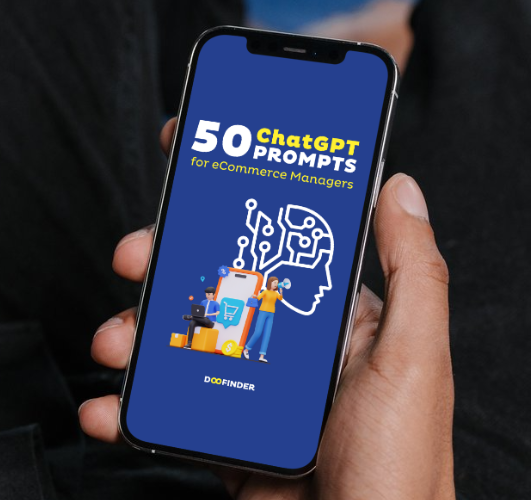
- Increase your eCommerce sales by 20%
- The 10 largest eCommerce sites in the world
- How to start an online shop from scratch


